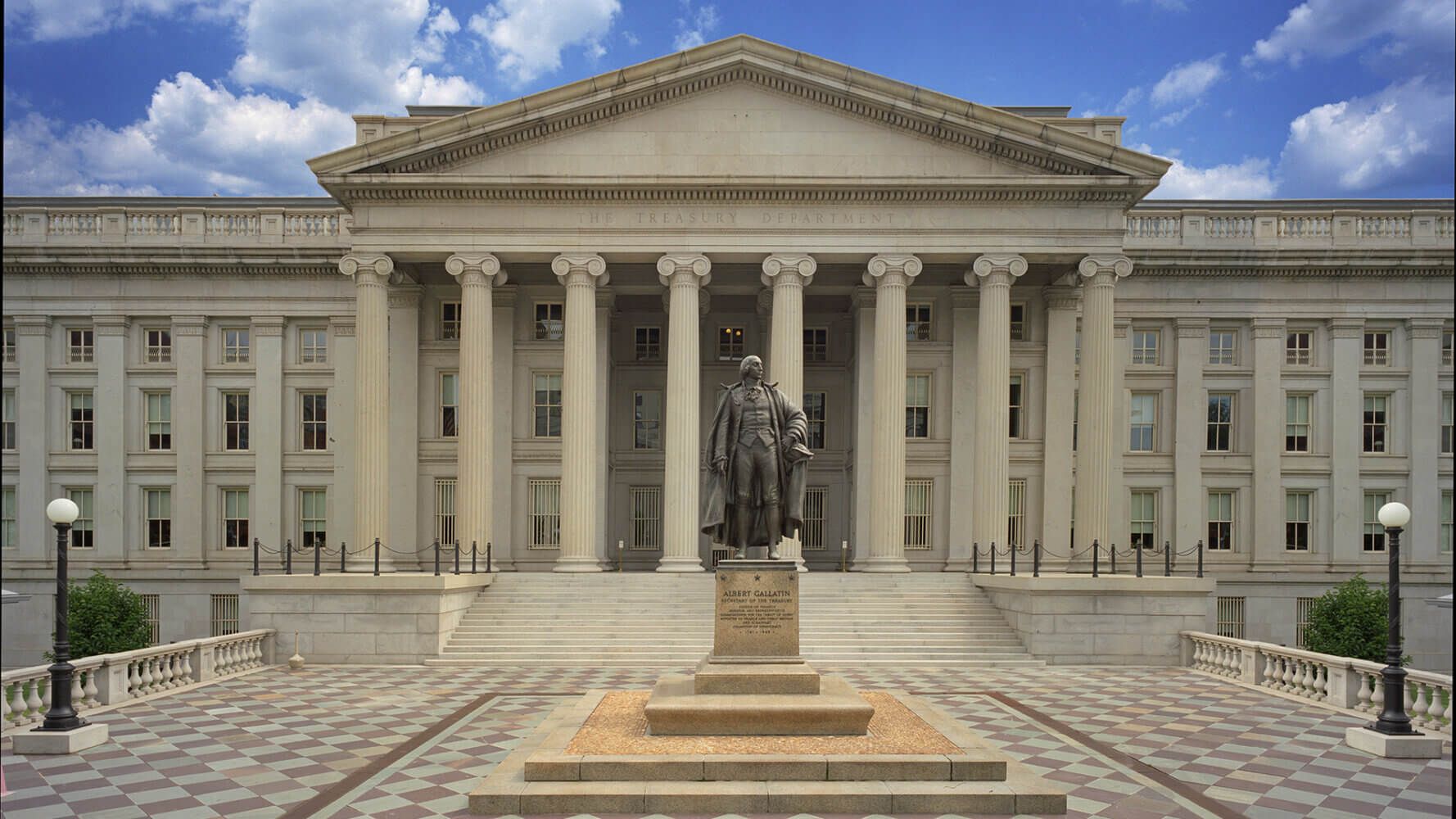
Despite the perceived weakness, we believe there are three critical indicators that reveal the strength of investor demand for U.S. government debt.
In recent months, headlines have portrayed Treasury auctions as weak and a possible source of concern about investor confidence in US government debt. Are there signs of trouble with the Treasury borrowing the cash needed to keep the government operating? Here we explore three ways to judge auction strength and share whether we see any cause for worry.
What makes a weak auction? 3 indicators to watch
The federal budget deficit in fiscal year 2024 is projected to total nearly $2.0 trillion, equal to 7.0% of GDP—significantly higher than the 3.7% average over the past 50 years.[1] As Treasury issuance must fill the gap, auctions have become a focal point for many market participants and observers.
US Treasury Securities: Gross Issuance $ billions
As of August 31, 2024
Source: TreasuryDirect.gov, as compiled by SIFMA.
To judge the relative strength of an auction—suggestive of how well the market is absorbing new debt—we focus primarily on three indicators: the bid-to-cover ratio, tail, and primary dealer allocation.
1. Bid-to-cover ratio
The bid-to-cover ratio reflects the total amount of bids received for a given Treasury security (demand) divided by the total amount offered for sale (supply). A high ratio indicates strong demand and a successful auction from the Treasury’s perspective. A ratio below 1.00 would indicate a failed auction in which demand was less than supply.
As shown below, the bid-to-cover ratio for Treasury coupon note and bond auctions has not dipped below 2.00 in the past 10 years. Recently, the ratio has been relatively range-bound, centered around the 2.50 level. For example, the five-year note auctioned in September 2024 posted a bid-to-cover ratio of 2.38, and the 30-year bond auctioned in June 2024 posted a ratio of 2.49.
Bid-to-cover ratio: Treasury note and bond auctions
As of September 26, 2024
Source: TreasuryDirect.gov
2. Tail (when-issued yield vs. auction yield)
Once an auction for a Treasury security is announced, trading begins on a “when issued” basis up until the auction occurs. Analysts compare the yield in when-issued trading right before the auction’s conclusion with the yield determined in the auction. If the auction yield is higher, the auction is said to have “tailed,” which indicates demand was weaker than expected. On the other hand, if the auction yield is lower than seen in when-issued trading, the auction “stopped through” or had a negative tail. Because when-issued trading serves as a price discovery mechanism, many market participants believe large, positive tails indicate unanticipated shifts in auction demand.
As shown below, 10-year note auctions have tailed on a regular basis over the last several years as the Fed implemented a hiking cycle. Looking at more recent months, the magnitude and frequency of the tails appear within the range of historical norms. For example, the auctions in April and August 2024 tailed by approximately 3 basis points, while the auctions in June, July, and September stopped through by 1-2 basis points.
US Treasury 10-year note auctions: “Tail” and “Through”
As of September 30, 2024
Source: Bloomberg.
3. Primary dealer allocation
Primary dealers have a trading relationship with the Federal Reserve Bank of New York and are trading counterparties in its implementation of monetary policy. These 24 dealers are expected to bid on a pro-rata basis in all Treasury auctions at reasonably competitive prices. An auction is considered weak if primary dealers bidding for their own house accounts take an unusually large share, as it implies soft demand from other investors.
As shown below, primary dealer awards have declined over the past 10 years to settle around 15%. After ticking up in 2023, the percentage shifted back down. For example, primary dealers were allocated 15.64% of the 30-year bond auctioned in September 2024 ($3.44 billion of the $22 billion offered). For the 10-year note auctioned in August 2024, the figure was 17.82% ($7.49 billion of the $42 billion offered).
Primary dealer allocation: Treasury note and bond auctions As of September 26, 2024
Source: TreasuryDirect.gov. Excludes two small auctions of $25 million each in which primary dealers took 100% (6/21/2019 and 12/2/2021).
Is there cause for concern?
When considering these three indicators, we do not see major red flags. Recent bid-to-cover ratios remain within the fairly tight historical range. While some auctions have tailed, we aren’t seeing a pattern that would indicate an established trend of surprisingly weak demand. Primary dealer allocations are below the longer-term average. We will continue to monitor auctions to see if normal oscillations develop into persistently problematic progressions.
While few fear outright failure of a Treasury auction and we caution investors against extrapolating results from one or two isolated auctions, lackluster demand still carries implications. Dysfunction in the Treasury market ripples out to other markets and fuels volatility. In addition, weak auctions indicate less demand for Treasury securities, which translates to a higher cost of financing the US deficit and feeds uncertainty around interest rates and the macroeconomic outlook.
However, history has shown that concerns about the viability of US debt have not translated into higher yields. When the S&P downgraded the US credit rating in August 2011, yields experienced a meaningful fall over the next several weeks, as investors paradoxically preferred to own US Treasury securities as a safe-haven asset. Combined with the US dollar’s status as the world’s reserve currency, we continue to be comfortable holding Treasuries in multisector fixed income portfolios to express both interest rate views and in relative value positioning versus competing fixed income sectors like corporates and mortgages.
[1] An Update to the Budget and Economic Outlook: 2024 to 2034, Congressional Budget Office, June 18, 2024, https://www.cbo.gov/publication/60039
Discover more about:
More Insights

Thornburg Investment Income Builder Fund – 4th Quarter Update 2025

Extract Maximum Income Using Active Management

Investment Perspectives from the Road: European Luxury Goods

Thornburg Income Builder Opportunities Trust Announces Distribution

Turn Cash Into Opportunities With Active Management


